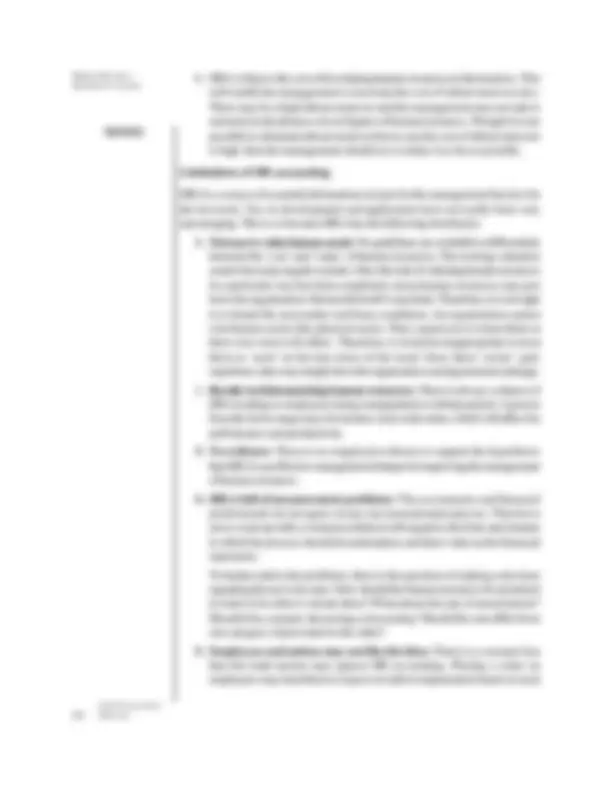



Study with the several resources on Docsity

Earn points by helping other students or get them with a premium plan


Prepare for your exams
Study with the several resources on Docsity

Earn points to download
Earn points by helping other students or get them with a premium plan
Community
Ask the community for help and clear up your study doubts
Discover the best universities in your country according to Docsity users
Free resources
Download our free guides on studying techniques, anxiety management strategies, and thesis advice from Docsity tutors
Human Resource Management (HRM) is a strategic and comprehensive approach to managing people within an organisation. It involves recruiting, hiring, training, evaluating, and rewarding employees to maximise their performance and align with the organisation’s goals. HRM also ensures compliance with labour laws, fosters a positive workplace culture, and supports employee development and well-being. By managing workforce planning, performance, compensation, and employee relations, HRM plays a vital role in organisational success. In today’s dynamic business environment, HRM is increasingly data-driven and aligned with long-term strategic planning, making it an essential function in both large corporations and small enterprises.
Typology: Lecture notes
1 / 2

This page cannot be seen from the preview
Don't miss anything!


Human Resource Information System
Self-Instructional Material 171
keeps the morale of his subordinates high so that they can contribute their best in achieving the organizational objectives. The following advantages are derived from an HRA system:
Human Resource Information System
Self-Instructional 172 Material
Limitations of HR accounting
HRA is a source of essential information not just for the management but also for the investors. Yet, its development and application have not really been very encouraging. This is so because HRA has the following drawbacks:
1. Not easy to value human assets: No guidelines are available to differentiate between the ‘cost’ and ‘value’ of human resources. The existing valuation system has many negative points. Once the task of valuating human resources in a particular way has been completed, many human resources may just leave the organization. Human life itself is uncertain. Therefore, it is not right to evaluate the asset under such hazy conditions. An organization cannot own human assets like physical assets. They cannot use or retain them at their own sweet will either. Therefore, it would be inappropriate to treat them as ‘asset’ in the true sense of the word. Once these ‘assets’ gain experience, they may simply leave the organization causing immense damage.